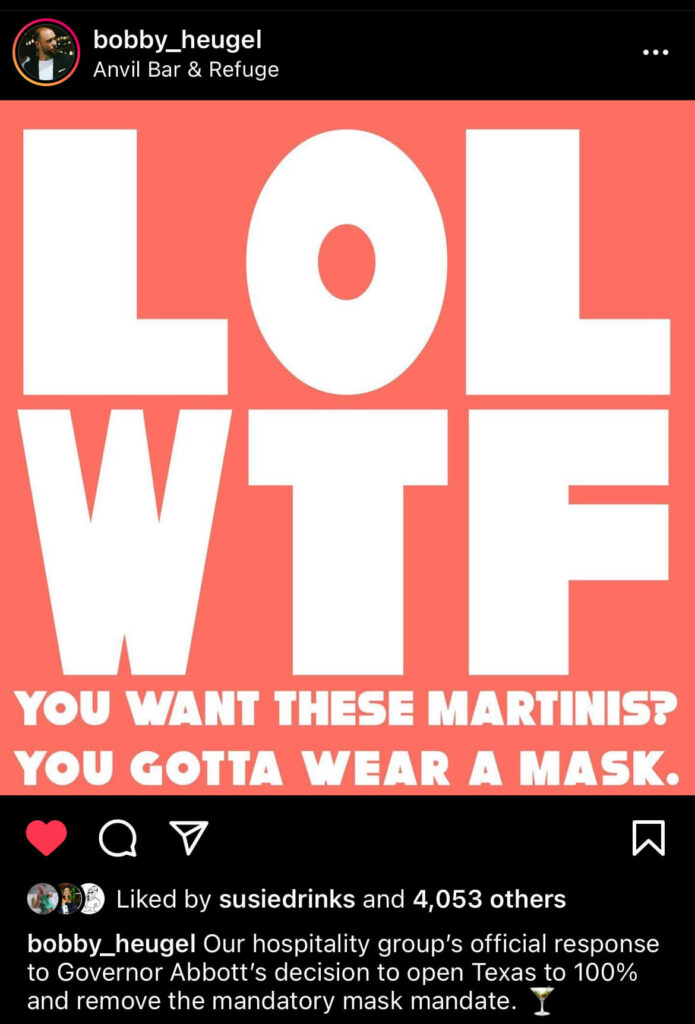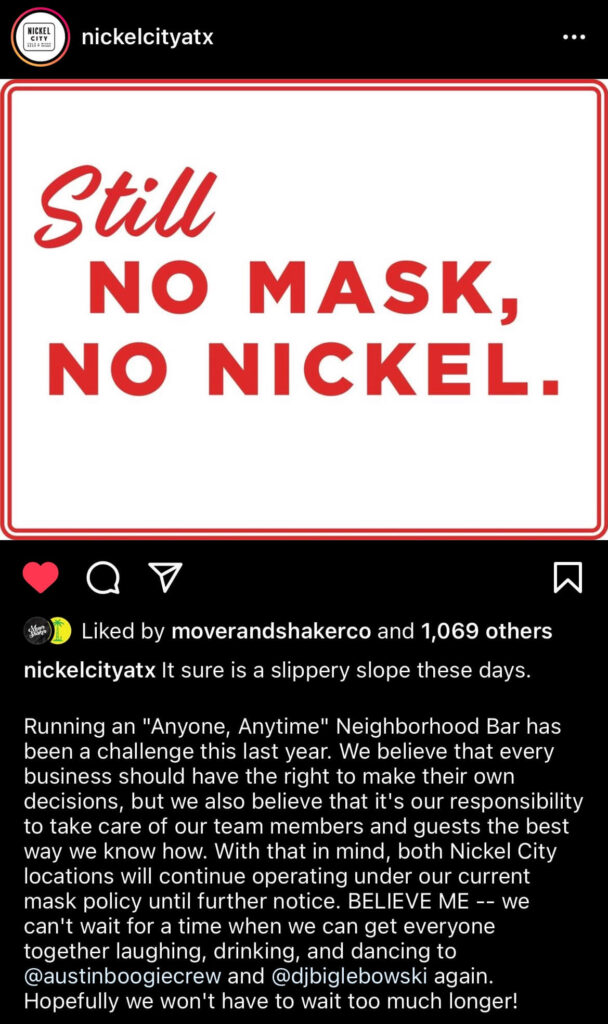More States Issue Mask Mandates
by David Klemt

Unsurprisingly, more states, counties and cities across the US and the country’s territories are issuing mask mandates.
In some cases, the mandates and guidance are coming down regardless of vaccination status.
Unfortunately, these actions are a response to reports of Covid-19 infection and hospitalization increases. The rise in cases and hospitalizations is due in large part to the highly transmissible Delta variant.
In fact, the Centers for Disease Control and Prevention (CDC) is once again changing course. Now, the CDC recommends that people in areas where Covid-19 infection rates are “substantial” or “high” wear masks inside indoor public places.
A map of these areas can be found on the CDC’s COVID Data Tracker page.
Local Defiance
Illustrating the divisive times in which Americans find themselves, some mandates are pitting local officials against their state counterparts.
For example, Florida. Per several outlets, Palm Beach County officials are ordering masks to be worn indoors by everyone irrespective of vaccination status. Of course, the mandate stands in direct defiance of Governor Ron DeSantis’ statewide ban of such an order.
No word yet on Gov. DeSantis suing the county over the order.
However, Missouri Attorney General Eric Schmitt is suing St. Louis County and city officials to stop their mask mandate. Currently, St. Louis requires masks be worn indoors and on public transportation.
Also, no word on whether these mandates will impact Canada’s plan to reopen the border for non-essential travel to vaccinated Americans.
Mandates: Vaccinated, Unvaccinated
Below, a list of the states and territories with mask mandates in some form (public transit, public places, state buildings, for example) in place.
The following orders pertain to everyone, vaccination or no vaccination.
- California
- New Hampshire
- Hawaii
- Illinois
- Indiana
- New Jersey
- Kansas
- Maryland
- Massachusetts
- New Mexico
- Mississippi
- Montana
- Nevada
- New York
- North Carolina
- North Dakota
- Ohio
- Oregon
- Puerto Rico
- Virginia
- New York
As always, check with your local, county and state authorities for full details.
Mandates: Unvaccinated
Here, a list of the states and territories with requirements in place only for those who are unvaccinated.
- Colorado
- Connecticut
- Delaware
- Kentucky
- Michigan
- Pennsylvania
- Rhode Island
- Vermont
- Washington
- Washington, DC
Again, residents should check with state, county and local authorities for requirements and guidance.
Operator Concerns
Once more, owners and operators find themselves having to police guest behavior and compliance regarding Covid-19 mandates and recommendations.
And once again, it’s the guest-facing team members who will be thrust into any confrontations with hostile customers.
While not a silver bullet by any means, operators should communicate their intent to comply with mandates. Social media posts, emails and phone conversations should make requirements and expectations clear.
Additionally, operators and managers need to stay on top of employee concerns and comfort levels. Leadership must also make it clear, with actions and not just words, that their teams will be supported when engaging with guests.
The industry is in a very tenuous place and has been for many months. Workers are leaving and not coming back. Perhaps it’s time—respectfully and professionally—to set aside the maxim that “the customer is always right” and err on the side of employees.
Image: Morgan Lane on Unsplash





